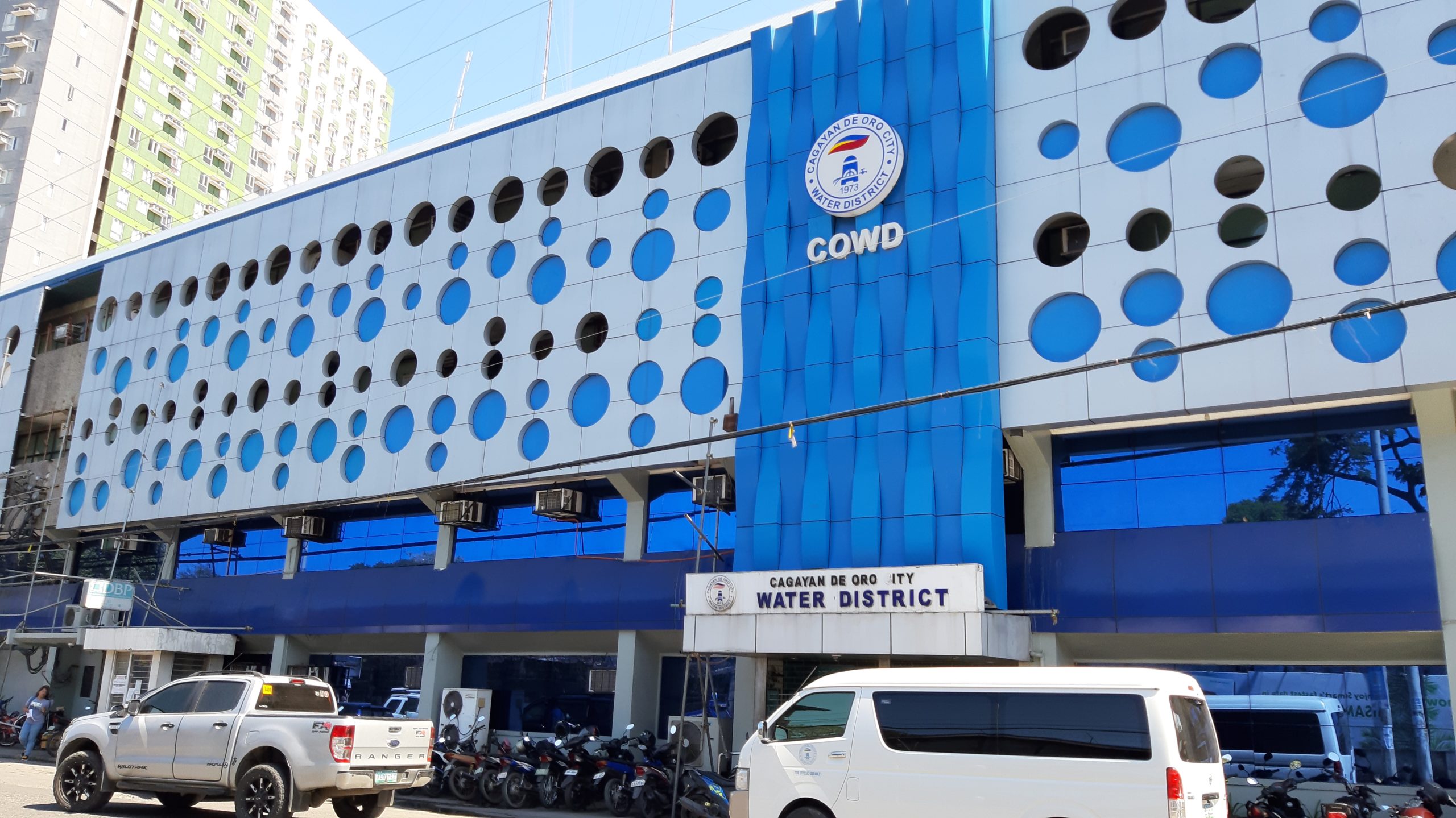
By JB R. Deveza
Contributor
AN official of an organization of white water rafting outfitters in the city is sounding the alarm over the quarrying of sand and gravel at the Cagayan River, saying these activities are drastically altering the features of the river.
Chisum Christopher Factura, president of the Oro Association of Rafters (OAR) and co-owner of Kagay Outdoors said they feel they are not getting enough support from the city government considering that white water rafting for a long time now has been a top tourism draw of the city.
It is estimated that some 20,000 tourists come to Cagayan de Oro City annually for white water rafting.
Factura said at least four quarry operators extract sand and gravel from the Cagayan River both from Cagayan de Oro and Bukidnon.
He said unlike the periodic flooding which shapes and reshapes the river naturally, mechanized man-made activities change the river permanently.

“It is ironic that we promote rafting as the OTOP of Cagayan de Oro and yet the city does not seem to object to these projects,” Factura said.
Factura also said quarry operators as well as other human activities in the area also seem to have made wildlife sightings more rare.
“We used to see monkeys, monitor lizards, snakes, and other wildlife as we paddle along the river,” Factura said.
Factura said the grinding noise made by backhoes has also dampened the experience.
“Before you used to only hear the river and various birds but now machines are what you hear,” he said.
Factura said while they understand the need for sand and gravel, he said the city should at least identify which areas for quarrying and which stretches of the river should be protected so ecotourism activities can continue to prosper.
Asked for comment, Engineer Armen Cuenca of the City Local Environment and Natural Resources Office said his office has been monitoring the quarrying activities, at least those that fall within the city’s jurisdiction.
Cuenca identified two quarry firms from Cagayan de Oro operating in the Cagayan River. Records show one of the two was granted a permit to operate in 2022, valid until January 17, 2024. The other firm’s permit, given in 2023, is also set to expire this year on March 14, 2024. Both are allowed to extract sand and gravel from the riverbed.
But Cuenca said while they have been regulating the operations of both, he said they are powerless when it comes to quarry firms operating from the other side of the riverbank.
The Cagayan River, which has its headwaters in the Kalatungan Mountain Range and Kitanglad Mountain Range, traverses the municipalities of Talakag, Baungon, and Libona in Bukidnon and empties into Macajalar Bay in Cagayan de Oro.
To craft a common understanding of allowable activities in the river, Cuenca said it may be best to gather the different stakeholders, like local government units and other interested parties, under one roof.
Cagayan de Oro City Councilor Jay Roa Pascual, who chairs the city council’s Committee on Tourism, said he agrees with Cuenca and said he also plans to hold a committee hearing in the coming months.
Pascual said he hopes Bukidnon officials, especially from Talakag and Baungon towns, will take part in the hearing.
JB R. Deveza is an Aries Rufo Journalism fellow.
Disclaimer
Mindanao Gold Star Daily holds the copyrights of all articles and photos in perpetuity. Any unauthorized reproduction in any platform, electronic and hardcopy, shall be liable for copyright infringement under the Intellectual Property Rights Law of the Philippines.






